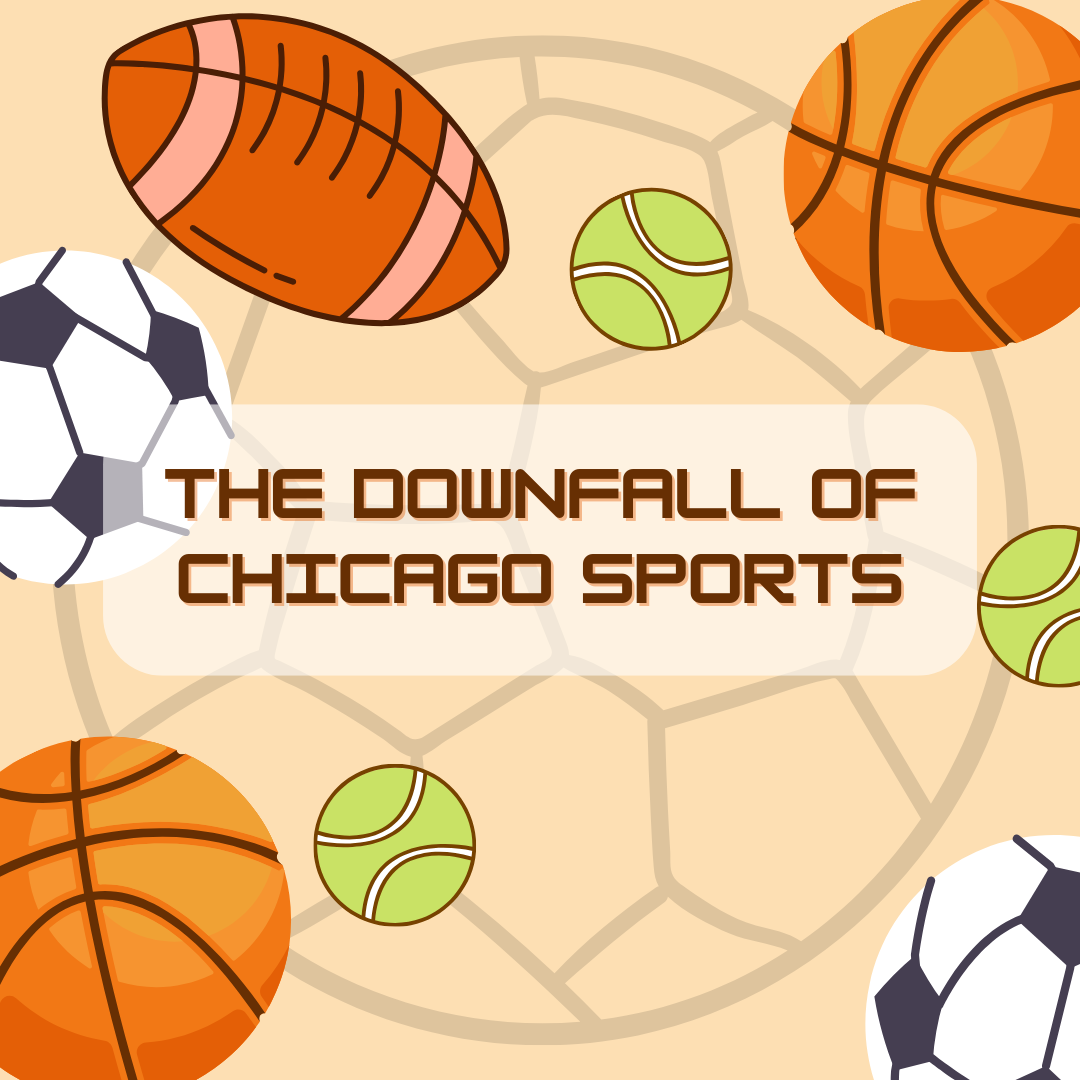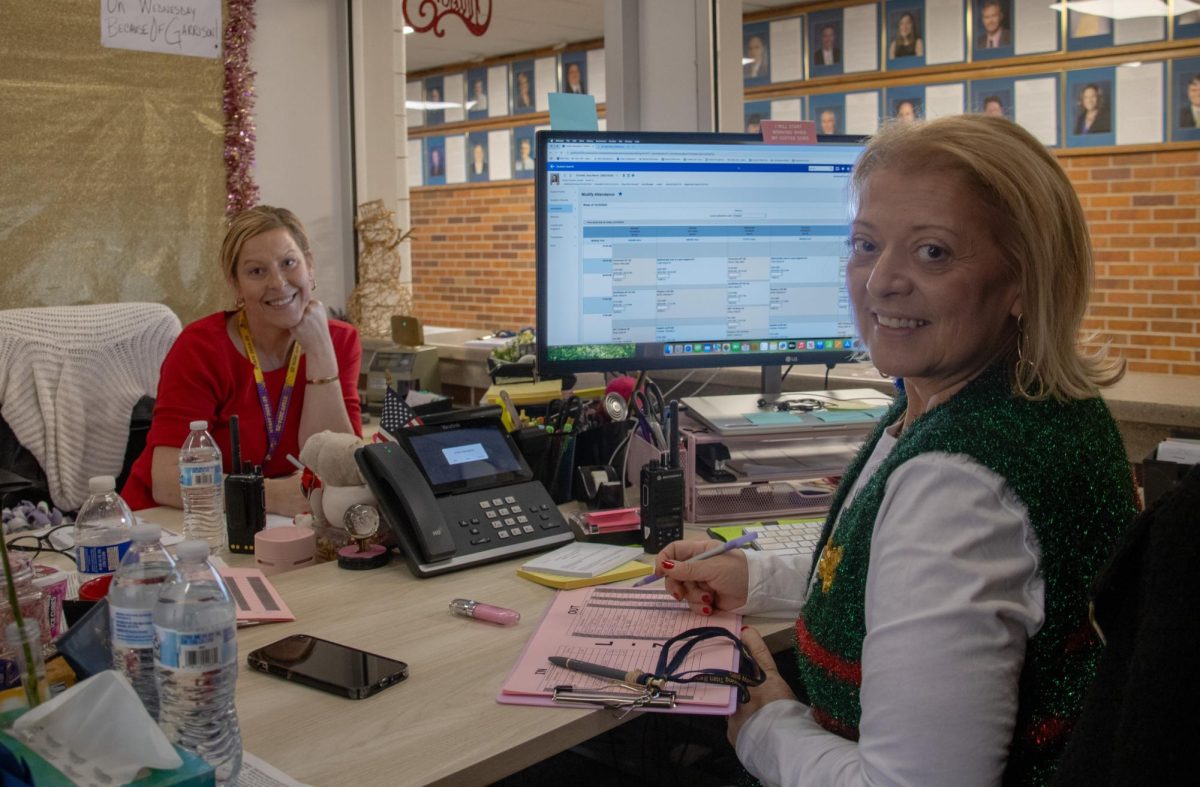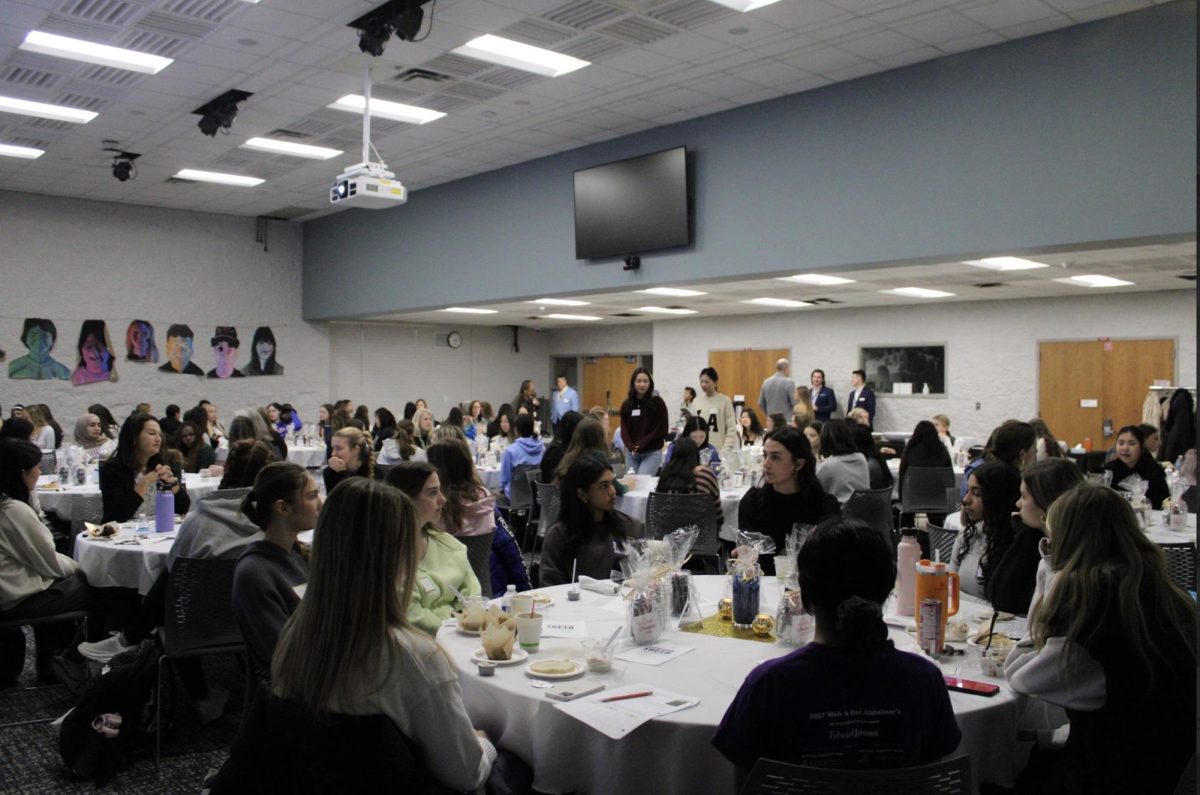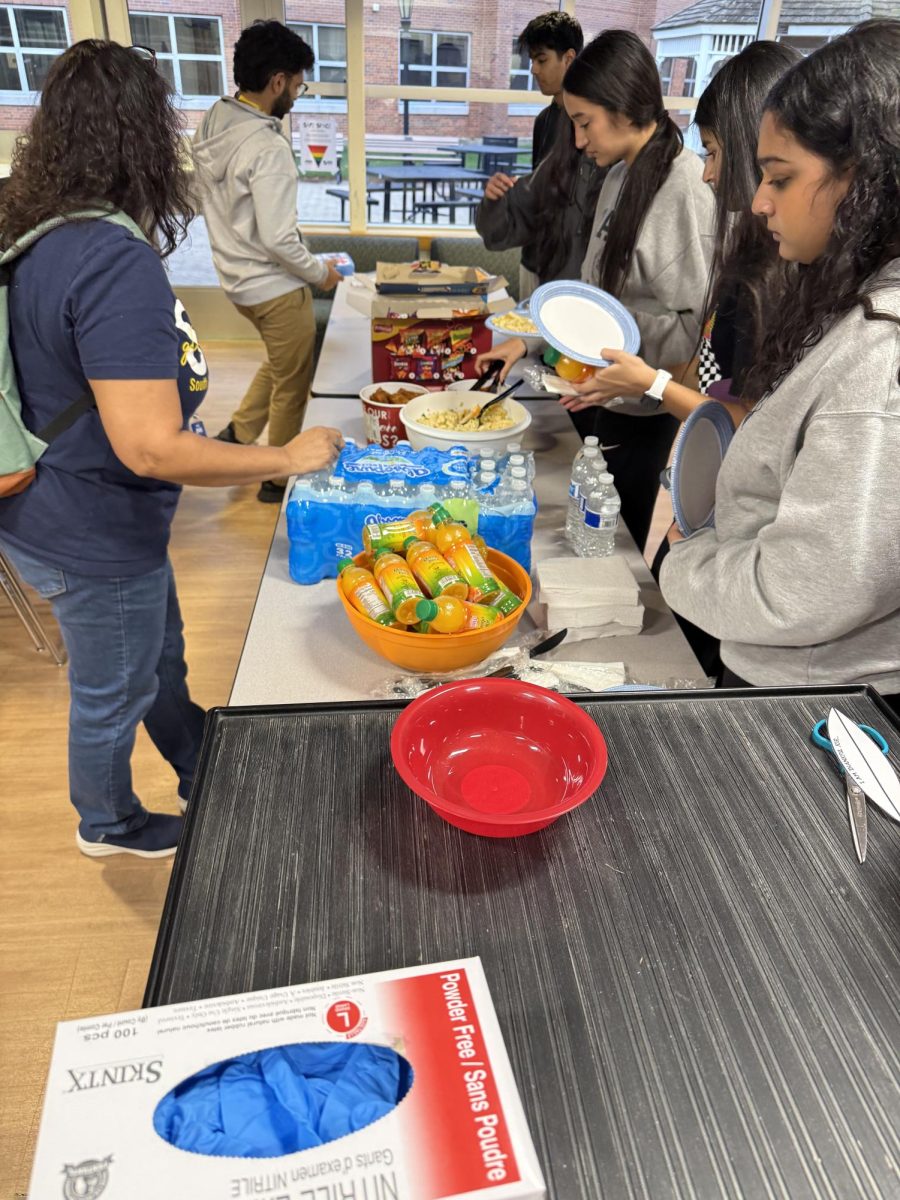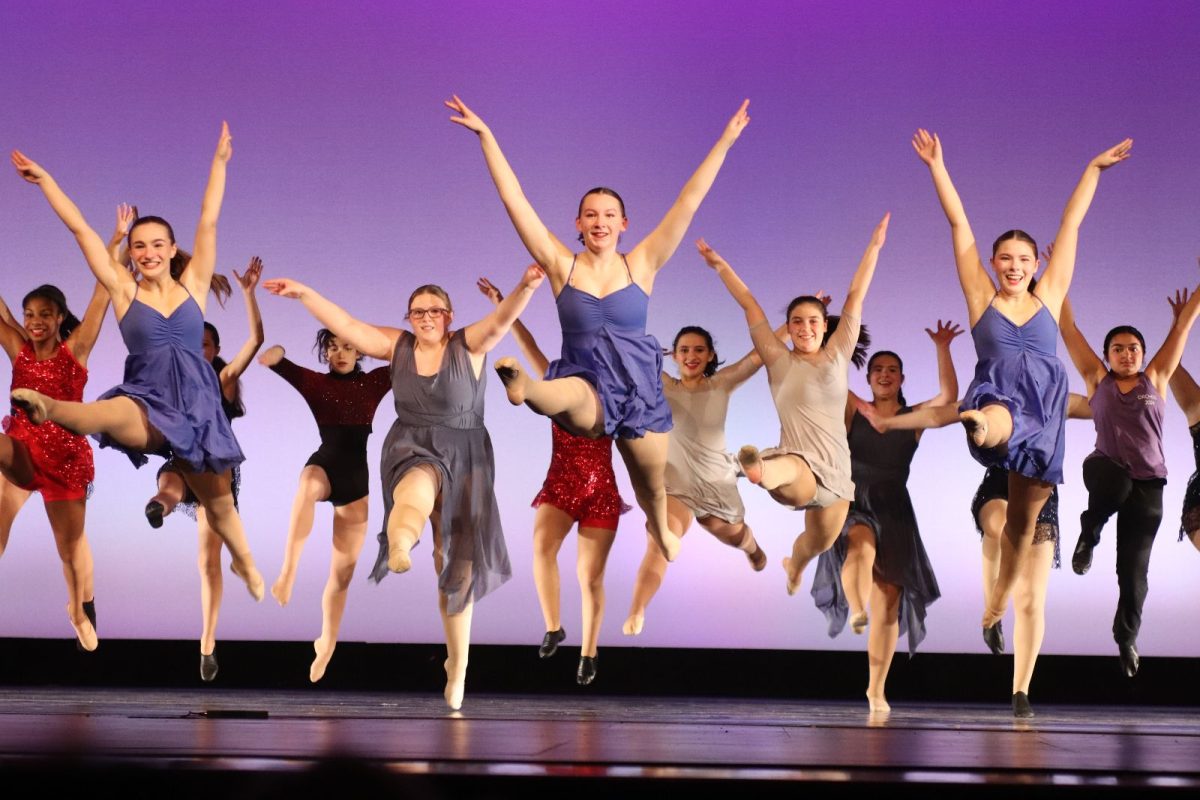Now, I am sure we are all aware of how dreadful 60 to 90 minutes of standing up and sitting down in a place of worship can be. That’s right, I’m talking about religious services. Funny enough, this is why my family doesn’t attend religious services weekly.
However, we choose to invest our time in these services during Rosh Hashanah and Yom Kippur to reflect on our impact on the community. This is the time when my community comes together for prayer to celebrate the new year in the Jewish calendar. The beginning of the Jewish New Year (Rosh Hashanah) follows up to ten days, ending with the Day of Atonement (Yom Kippur). These ten days are formally known as the Ten Days of Repentance.
Rosh Hashanah is the time I reflect on the needs of others, and ourselves, and appreciate our reality more deeply.
When services begin, the sound of the ram’s horn, the Shofar, is blown to herald the beginning of the new Jewish year. Several blessings are read out loud before the instrument is played. Right after that, the three kinds of Shofar rhythms known as Tekiah, Shevarim, and Teruah are played. Each rhythm has a unique feature, either a long note, staccato notes, or a variety.
The playing of the Shofar essentially calls us back to our senses and reminds us to mend our ways.
On Rosh Hashanah, God judges all of humanity. Putting it more simply, we ask for forgiveness for anything wrong we feel we have done.
My family achieves this by having a religious family dinner. The cuisine of our meal is matzo ball soup, corn-beef, a bread called challah, hard salami, and brisket; in other words, Max and Benny’s. – The incredible deli that makes those yellow smiley-face cookies with chocolate frosting.
Anyway, my family usually covers three topics: what we regret from the past year, what we could have done differently, and most importantly, what we will do coming forward. I respect these values dearly, incorporating them into my classes and extracurriculars at school.
Yom Kippur occurs on the tenth day of the Jewish month of Tishrei; in other words, nine days after Rosh Hashanah.
This is the day when we can fix the damage caused by our various past mistakes. Think of it as a New Year’s resolution.
On this day, my family and I spend the majority of our time outside. We go on bike rides or long walks to get away from distractions and truly reflect on our past through nature. The great thing about this activity is that it makes time feel longer than usual.
Usually, when I am at home, I am exposed to lots of technology and media. I am engrossed in the television until I realize hours have gone by. With Yom Kippur, I have the time to take in my environment and how I have made an impact on it. Through family dinners and community gatherings,
Rosh Hashanah and Yom Kippur are a ten-day experience that has taught me how to spend my time and actions wisely.




